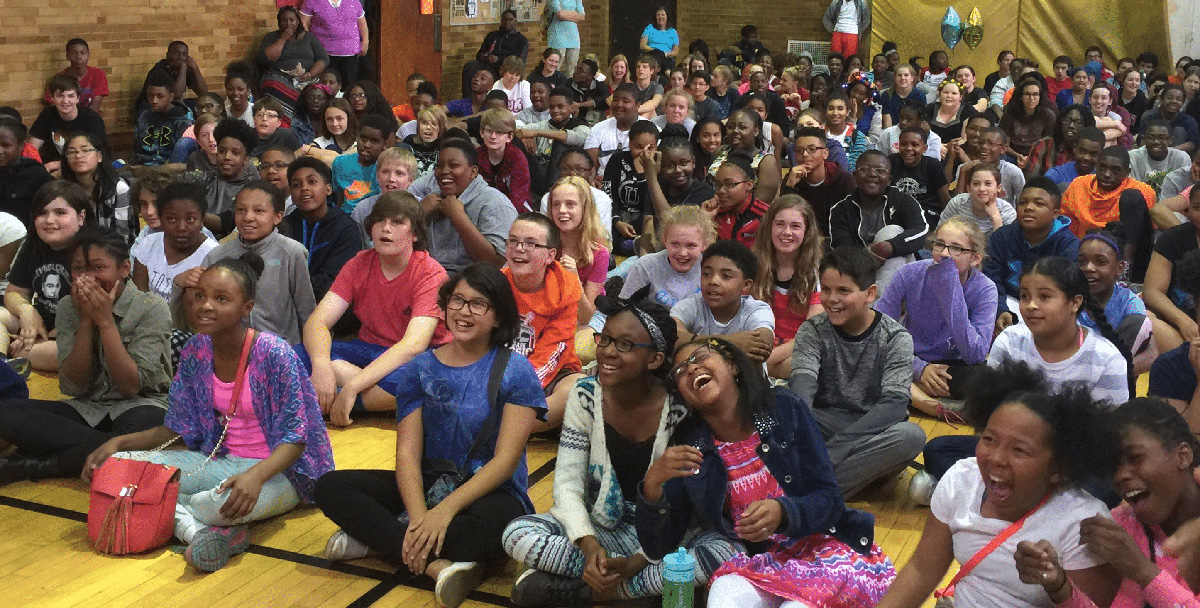
In “8 SECRETS TO TEACHING STUDENTS OF CULTURALLY DIVERSE BACKGROUNDS” I explored eight ideas for teaching culturally diverse students, from methods of non-verbal communication to written communication to speaking. When it comes to diversity inside the classroom, cultural is probably the first type that comes to mind. However diversity encompasses a variety of physical, social, and mental differences. In an elementary school classroom, you’ll most likely experience one of these four types:
Despite a Common Core Curriculum that dictates what students should know at each grade level, it leaves individual school districts to choose curricula based on their individual standards. This attempt at creating a “one size fits all” education doesn’t offer a “one size fits all” solution for educating. As a teacher you’ll come upon obstacles that will force you to tailor your methods and lessons each year to fit the needs of each individual class of students.
Diversity plays an important role in today’s society and it’s essential that we begin teaching and encouraging diversity at a young age to create a more open, welcoming community. As a teacher, creating a positive learning environment that is rich in diversity can be easier than one would expect. My first solution: literature!
Finding time in an already packed schedule to incorporate diversity lessons is probably not feasible for most teachers. However, any teacher can work with their school librarian (or seek assistance from parents) to build an in-class library filled with diverse reading materials that can help students connect, learn, and grow.
Reading recreationally is vital for elementary school students to strengthen language and literacy skills which are used across subjects and in all walks of life. Whether you have a designated “reading time” or simply allow students to borrow one, display books that celebrate our differences and shatter stereotypes.
This list is just the tip of the iceberg. A simple Google search can put hundreds of stories right at your fingertips!

Another easy way to spread positive messages about diversity is through my “The Diversity Circus” assembly show! My message is simple: We’re different and the same. Because I have a personal connection to promoting acceptance, inclusivity is a topic close to my heart. While I focus on defining character and its associated personality traits, I do so with a blend of audience participation, one-of-a-kind magical illusions, and comedy to ensure students are educated but also engaged and entertained.